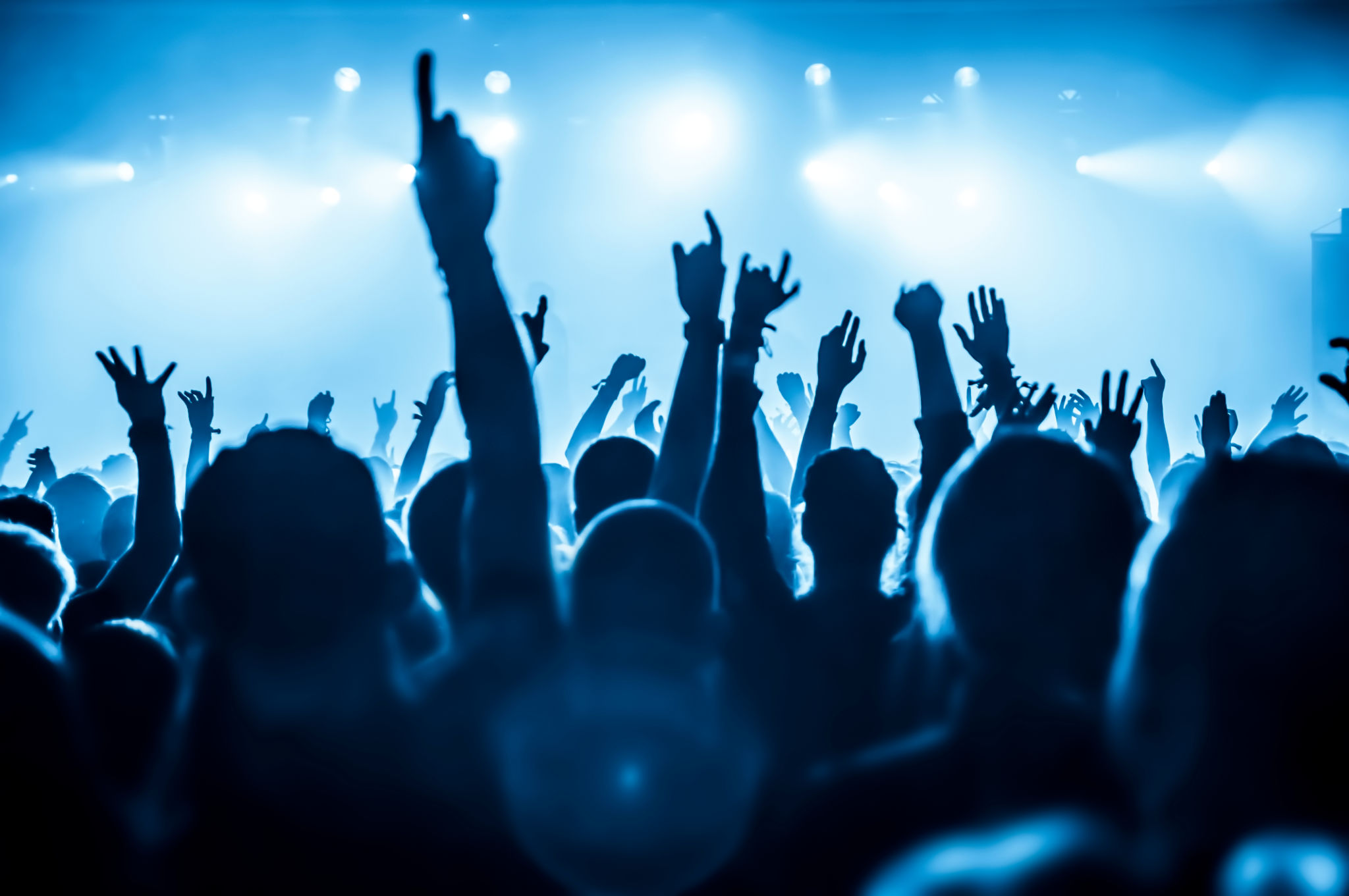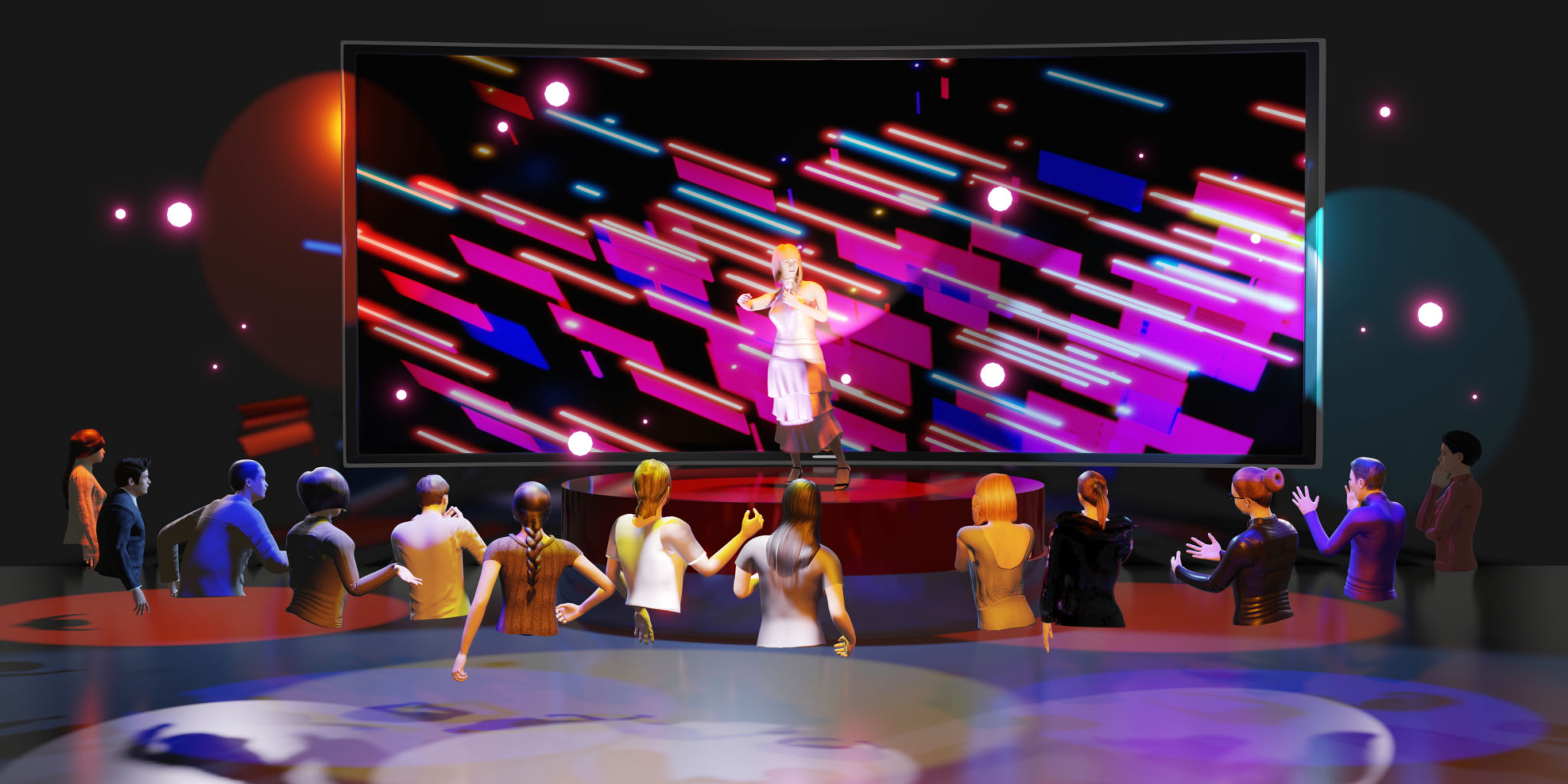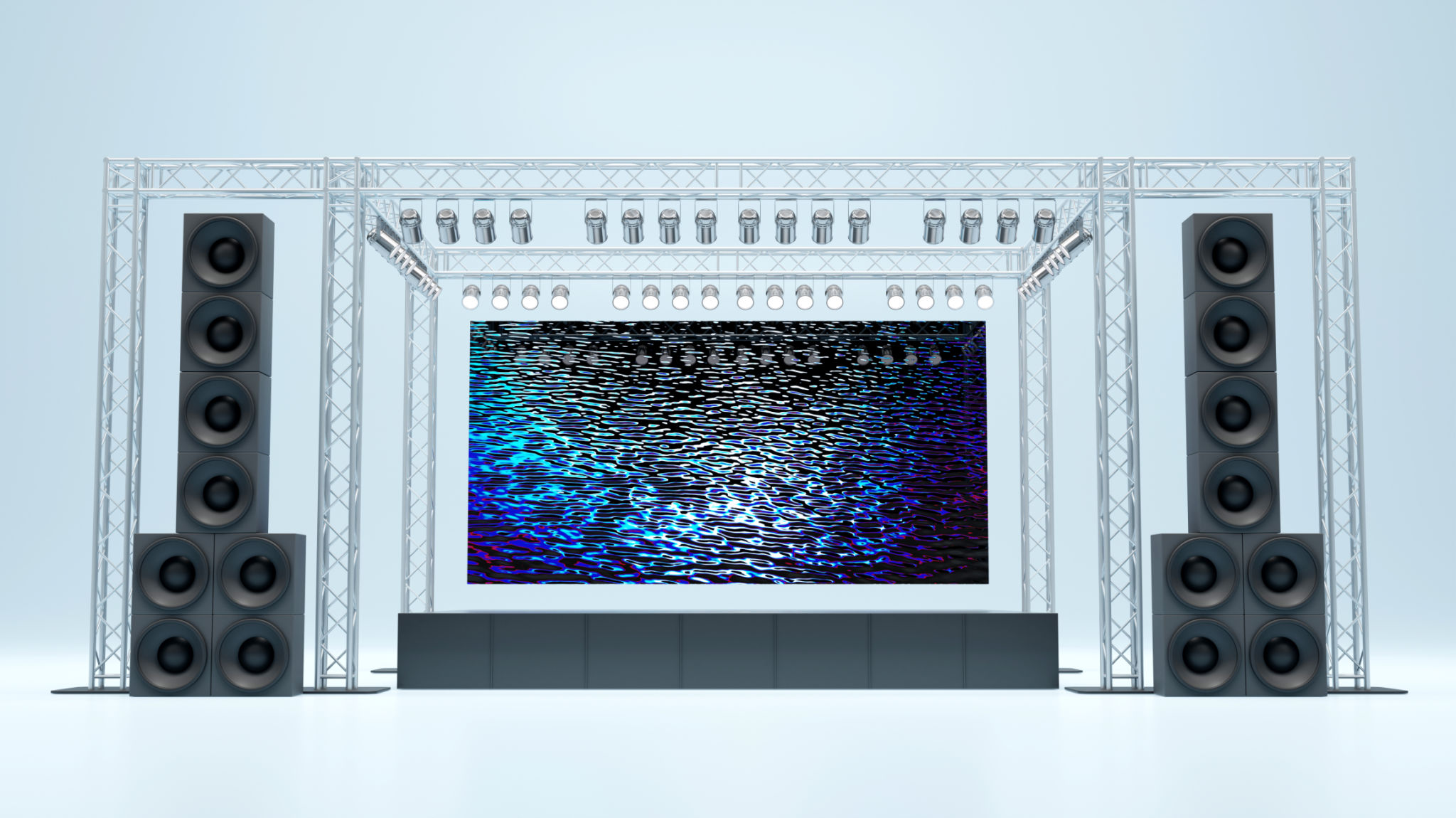Exploring the Intersection of Technology and Live Music
The Evolution of Live Music Through Technology
The fusion of technology and live music has revolutionized the way we experience performances. From the early days of simple amplifiers to today's sophisticated digital interfaces, technology has always played a crucial role in enhancing the live music experience. As innovations continue to emerge, the intersection of these two fields offers exciting possibilities for both artists and audiences.

Digital Instruments and Effects
One of the most significant impacts of technology on live music is the development of digital instruments and effects. Musicians now have access to an extensive array of electronic instruments that can simulate traditional sounds or create entirely new ones. This has expanded the creative possibilities for artists, allowing them to experiment with unique soundscapes that were previously unimaginable.
Moreover, digital effects have transformed live performances by enabling musicians to manipulate their sound in real time. From looping stations to multi-effects processors, these tools have allowed artists to build complex layers of sound, adding depth and dimension to their performances.
Enhanced Audience Engagement
Technology has also enhanced audience engagement through interactive elements and immersive experiences. With the rise of augmented reality (AR) and virtual reality (VR), concertgoers can now enjoy a multi-sensory experience that goes beyond just listening. These technologies allow fans to become part of the performance, creating a more intimate connection between the artist and their audience.

In addition, social media platforms have made it easier for fans to engage with their favorite artists before, during, and after a show. Live streaming services give fans the opportunity to watch concerts from anywhere in the world, breaking geographical barriers and expanding the reach of live music.
Innovative Stage Designs
The integration of technology into stage designs has led to more dynamic and visually stunning performances. Advanced lighting systems, video projections, and holography have transformed stages into immersive environments that enhance the storytelling aspect of a concert. These innovations allow artists to create a cohesive visual narrative that complements their music.
Furthermore, automation and robotics have enabled more intricate stage setups, making it possible to execute complex choreography and staging with precision. This adds a new level of spectacle to live performances, captivating audiences with both audio and visual elements.

Future Prospects
The future of technology in live music promises even more groundbreaking developments. As artificial intelligence (AI) continues to evolve, it may provide new tools for composition and performance, offering musicians innovative ways to create and collaborate. AI-driven software could assist in generating music in real time, adapting to the mood of the audience or the direction of the performance.
Moreover, advancements in connectivity could lead to more seamless integration of remote collaborations, allowing artists from different parts of the world to perform together live without latency issues. This could open up new possibilities for cross-cultural musical exchanges and collaborations.
Conclusion
The intersection of technology and live music is a continuously evolving landscape that holds immense potential for creativity and innovation. As both fields continue to advance, we can expect even more exciting developments that will redefine how we experience live music. Whether through enhanced soundscapes, immersive experiences, or innovative stage designs, technology will undoubtedly continue to play a pivotal role in shaping the future of live performances.